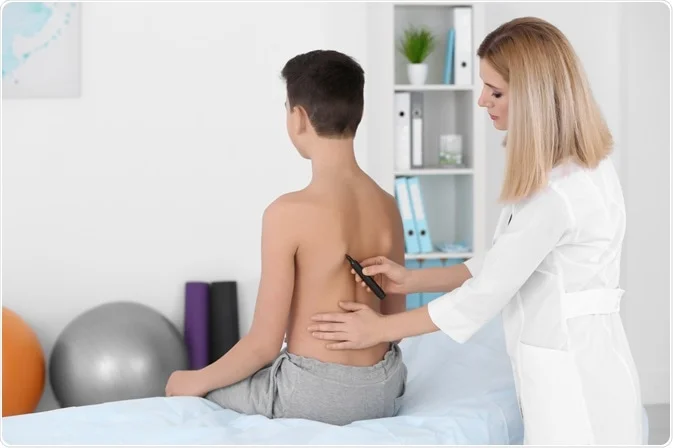Essential Scoliosis Facts for Parents: What You Need to Know

If you are a parent, your child must be one of the most important people in the world for you. Anytime a child is hurt, the parent suffers more. Scoliosis, a condition where the spine bends sideways, is common among adolescents. There are about 3 million cases of the condition every year. Idiopathic scoliosis is the type that occurs in children between 10 and 12.
Learning about the condition, knowing the signs, and promptly implementing the right management strategies are essential for your children’s well-being. If your child has scoliosis, consider altoona scoliosis management to manage the bothersome symptoms and prevent the condition from becoming worse.
Five facts about scoliosis every parent should know
- There is more than one type of scoliosis.
Children typically suffer from two types of scoliosis– congenital and adolescent idiopathic scoliosis. Congenital scoliosis is present at birth and is caused due to vertebral malformations during the early stages of pregnancy. Since the condition is apparent from birth, early childhood diagnosis and treatment can help.
On the other hand, adolescent idiopathic scoliosis occurs later in life and has no known cause. It is the most common type of scoliosis found, accounting for about 80% of all cases.
- Early diagnosis is vital.
Early detection of any medical disease or illness is vital for treatment, and scoliosis is no different. It allows the doctor to track the curvature of the spine and prevent the problem from worsening. An additional reason for early diagnosis is that doctors can recommend physical therapy for children if the scoliosis angle is below 40 degrees.
- Parents do not have a fault.
If your child suffers from scoliosis, you may wonder if you failed to provide them with the required safety and care. The majority of the cases of scoliosis have an unknown cause, and you, as a parent, could not have done anything to prevent it. There are no known prevention methods for the condition.
- Back pain is not a typical symptom.
It is not easy to uncover that a child has scoliosis. Back pain does not occur in every case and may occur only mildly in those who do experience pain. There is no severe or constant pain, which makes it challenging to understand whether the problem is linked to scoliosis. Changes in appearances are more apparent.
- Scoliosis is completely treatable.
Scoliosis, in most cases, gets better as the child grows older. The spine curvature straightens itself without treatment, but physical therapy escalates the process. Doctors may recommend a cast for babies and younger children to prevent the curvature from worsening.
